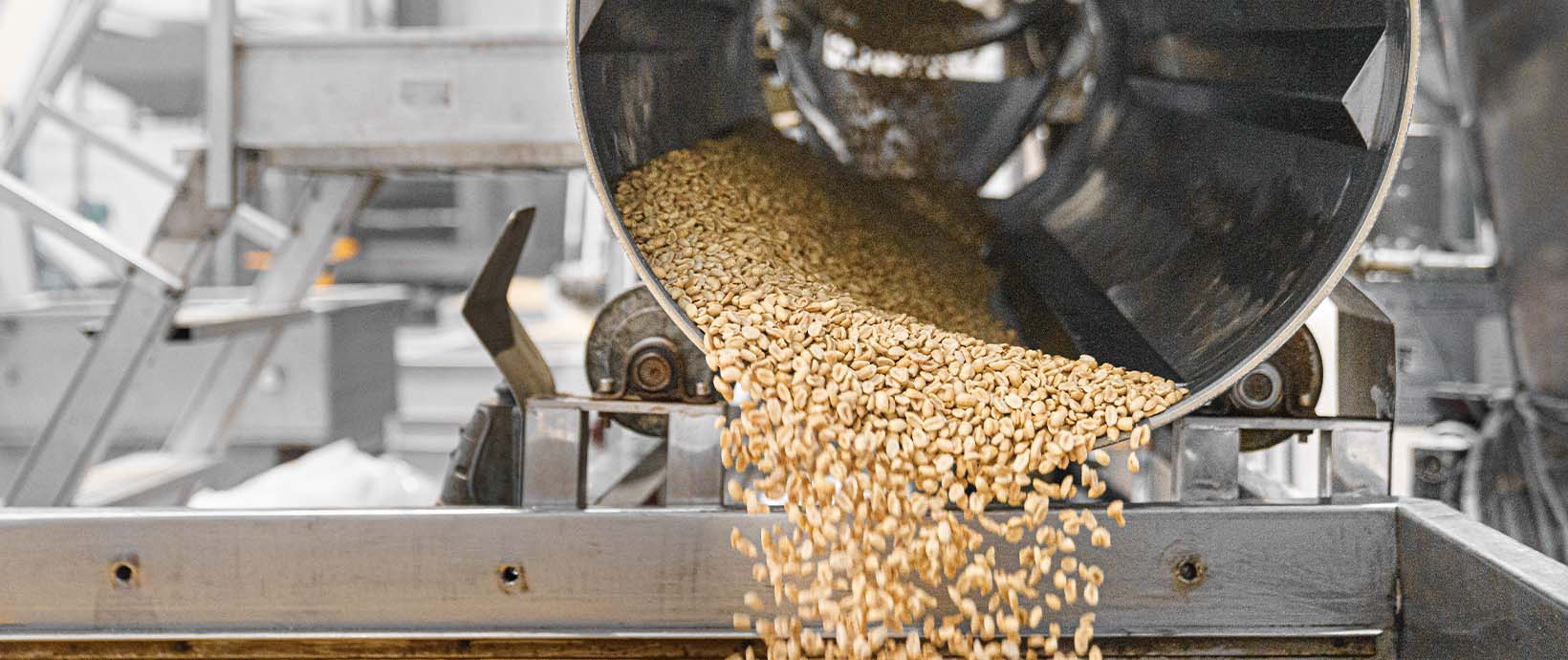Digital Debunking: How Difficult Is It to Shatter a Backboard?
Before basketball hoops were designed to resist the force of certain plays, the sport of basketball has seen legendary, glass-shattering dunks throughout its history. A “Shaq attack” by the legendary Shaquille “Shaq” O’Neal became a coined term during his career because he unofficially damaged 12.5 basketball rims, shattered backboards, and even brought down entire stanchions with his overpowering strength and size; during his playing days, O’Neal clocked in at 7’1”, 375 pounds. In 2020, one professional player dunked the ball so hard he bent the entire rim. Even more recently on February 4, 2023 play was delayed for 43 minutes during a game due to a crooked rim.
Since the NCAA college basketball tournament is in full swing, basketball has been on our minds. As such, we decided to use Altair simulation tools to push a basketball hoop model to its limits to see how much force a backboard can withstand before it breaks (keeping in mind current design regulations). Not only that, but how does a player’s direction, angle, weight, and force contribute to shattering a backboard? Or is there a completely different variable that causes this to happen?
Background
Back in the previous generations of the National Basketball Association (NBA), it seemed like players would smash a backboard or two to pieces almost every season. This was because the older, fixed style of hoop made this a relatively common occurrence. The older hoops were bolted directly to the backboard, so any flex to the hoop could cause the glass to bend and shatter. As players got bigger, stronger, and started throwing down ever more ferocious dunks, backboard shattering was a real possibility in official games. As an example, we decided to model and simulate what this looked like in the animation below.
Design changes to hoop now limit the load into the backboard to prevent it from smashing. For example, “breakaway rims” were introduced in the mid-1970s to allow players to slam dunk without shattering the backboard and are now the standard rim construction. Breakaway rims feature covered springs inside the hoop’s mounted area so the hoop can flex downward while minimizing stress to the backboard. Moreover the strength and composition of backboards has also changed to prevent these types of dangerous breaks. In recent years, we could only find a few documented examples (during a EuroLeague basketball game in 2019 and a 2021 FIBA AfroBasket game). Even in these examples, the modern style of backboard glass is designed to shatter internally so no fragments end up on the court.
Setting Up the Model
To set up the model, we used Altair® HyperWorks®, our design and simulation platform, since its model build and optimization tools offer a convenient environment for this scenario. Using geometry generation from finite element (FE) tools that Altair HyperWorks provides, we created a purely geometric model.
Most of the structure was modeled using surfaces, which are suitable since most of the structural parts have large panels with low thickness. We modeled smaller parts of the structure using 3D solids. To ensure a high-quality mesh, the model underwent a geometry clean-up process. Altair HyperWorks has dedicated tools for this that allow for all kinds of surface and solid repairs. The final model can be seen below.

Final Altair HyperWorks basketball hoop model
We then meshed the surfaces using shell elements. In general, the model’s shape allowed us to create quadrilateral elements that provide greater accuracy compared to triangular elements. Next, we meshed the solids using tetrahedral elements. The meshed model can be seen below.

Meshed basketball hoop model
The next step was to connect the meshed parts. Using the Connectors tools, we could now model all the bolts, welds, joints, and springs. We produced most of the connectors using 1D elements. This reduced the calculation cos; and considering the automated tools that HyperWorks provides, it also reduced the time required to create the model.
We assigned a tempered glass material to the model because this is the glass type most backboards are equipped with. The rest of the structure was modeled using steel (without access to the actual design details, this worked well for this case).
Putting Pressure on the Hoop
Our engineers had some fun investigating the possible causes of the failure using Altair® Radioss®, the same simulation technology that’s typically used to evaluate product performance under dynamic loadings for applications like windshields and smartphone screens.
We didn't have access to all the design details of a professional basketball hoop construction, but were able to approximate it from publicly available videos. From there, we were able to replicate failure occurring in the rebound, but only if the glass was relatively rigidly attached to the surrounding frame.
Radioss simulation with backboard shatter
It wasn’t possible to know about the details of the installation, but the design of the hoops from the EuroLeague and AfroBasket games did look very similar (if not identical) to a standard NBA hoop. If you watch both videos closely, you can see that while the designs aren't identical, the basic concept is the same. The hoop is mounted directly to the arm via a load limiting bracket. In both cases though, the glass breaks not when the player hangs on the glass like in the old highlight reels, but when the hoop rebounds upward after the dunk is complete. The load limiter does its job of preventing damage when the player pulls on the hoop – but is the load limiter responsible for causing the break after the players let go?
If this behavior was typical, we might expect to see more shattering today. During more recent “rim-hang” dunks in professional games, we’ve noticed that the rim was released more slowly, but there have been a couple incidents where the players allowed the rim to snap back as aggressively as the two cases we watched earlier with the breakage.
Mounting the glass with a more flexible gasket prevented the failure in our simulations, so we can assume the specific installation is critical.
Radioss simulation without backboard shatter
Conclusion
In modern basketball, maybe the only way backboards can break now is due to pre-existing flaws in the backboard glass, or if the hoop is mounted far too tightly into the backboard glass. Either way, if you want to break a backboard on a modern hoop (which we don’t advise), the best chance you have is to hang on the rim and let it violently snap back. Even this type of break would be far different than the shatters we used to see in the game in the 1970s, where the glass would shatter while the players were exerting downward pressure on the inflexible rims of the time.
That said, it’s still exceedingly rare to see professional rims and backboards break. Throughout the collegiate and professional game today we see plenty of monster dunks from some of the world’s biggest, strongest, most athletically explosive athletes that don’t come close to shattering a backboard. Regardless, while it’s fun to watch, shattering backboards are a safety hazard for players and cause lengthy delays – we think the breakaway rim has been great for the game, even if it makes it more difficult to find YouTube clips of shattered backboards. That said, Shaq’s earthquake-like dunks will still live on in all their destructive infamy.
To learn more about Altair simulation-driven design for sports, visit https://www.altair.com/sports.





